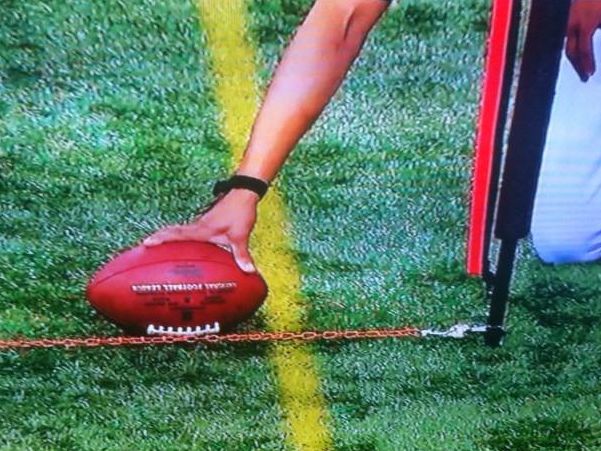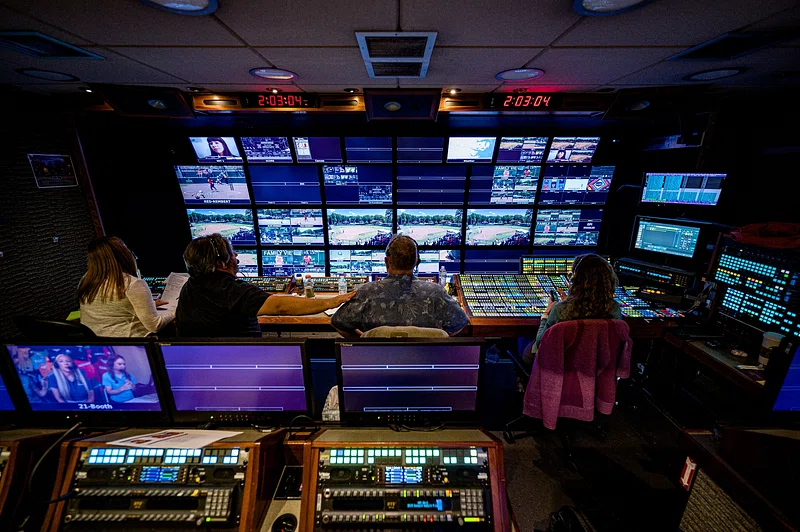In the past 50 years, sports entertainment has had many major improvements, along with absolute failures. Whether it’s simply unreliable or not popular among viewers, many new features go through testing and are removed quickly. What parts of these broadcasts are great, and when does it become too much?
Today, we can access more information in ten seconds than we could find within an hour in 1990. The basic things that go unnoticed were monumental when they were originally introduced. For example, the scoreboard bug, introduced in 1993 by ITV and 1994 by FOX Sports, was considered a very controversial idea. The argument on one side was that people would turn on the TV, look at the scoreboard, see that the Dallas Cowboys were up by 40, and turn it off. While the scoreboard would benefit some, the network’s viewer count would be severely hurt. However, the exact opposite was seen. It was found that there was actually a greater viewer count after its debut, with viewers saying they found the game easier to watch knowing the exact score and time teams had to work with. From here, the scoreboard kept expanding, adding remaining timeouts, player statistics, challenge and flag bugs, and so much more that would explain exactly what was happening to those at home.

Another huge addition has been on-field graphics, the parts of the broadcast that look as if they’re painted on. The down markers in football and the on-court shot clock in basketball are so realistic that you don’t notice them immediately. Watch a Red Sox game and look behind the mound. See that advertisement? It’s not actually there. The same thing is used with Fenway Park’s advertisements behind the plate. If you’re watching in person, you might see one for Dunkin’ Donuts, but if you pull up the game on your phone, you’ll see a Progressive ad. These aspects increase companies’ revenue from their broadcasts, while also interfering with your viewing experience the least they can.
But are companies going too far? One big part of every industry is trying to one-up your competitors, but at what point do they need to stop? During the 2021-2022 season, Nickelodeon decided to jump in on the action of the NFL, bringing games to a much younger audience by adding more entertainment. For instance, Super Bowl LVIII was just played this past February, and characters like Spongebob, Patrick, and others were included. While this whole operation was impressive, it also shed light on what we can do. Another example was the Toy Story broadcast, where players were turned into characters in real-time, using simple animations, RFID trackers, and video game engines. Again, this was targeted towards kids, and it brought other effects that held the attention spans of four-year-olds (which is no small feat). But are these things that we’ll start seeing on “real” broadcasts? Or the puck tracker in hockey games, will improvements come to that or will it remain a memory of the past?
There are absolutely ways that they can be implemented, during timeouts, when showing stats, during halftime even, but what draws people to these channels is the game. Adding all of these effects creates distractions and takes away from the action. While all of these improvements are impressive, will large-scale companies avoid them for much longer? It’s hard to tell which way these production teams are leaning, but I believe we don’t have much time before overwhelming effects begin to take over the sports world.






